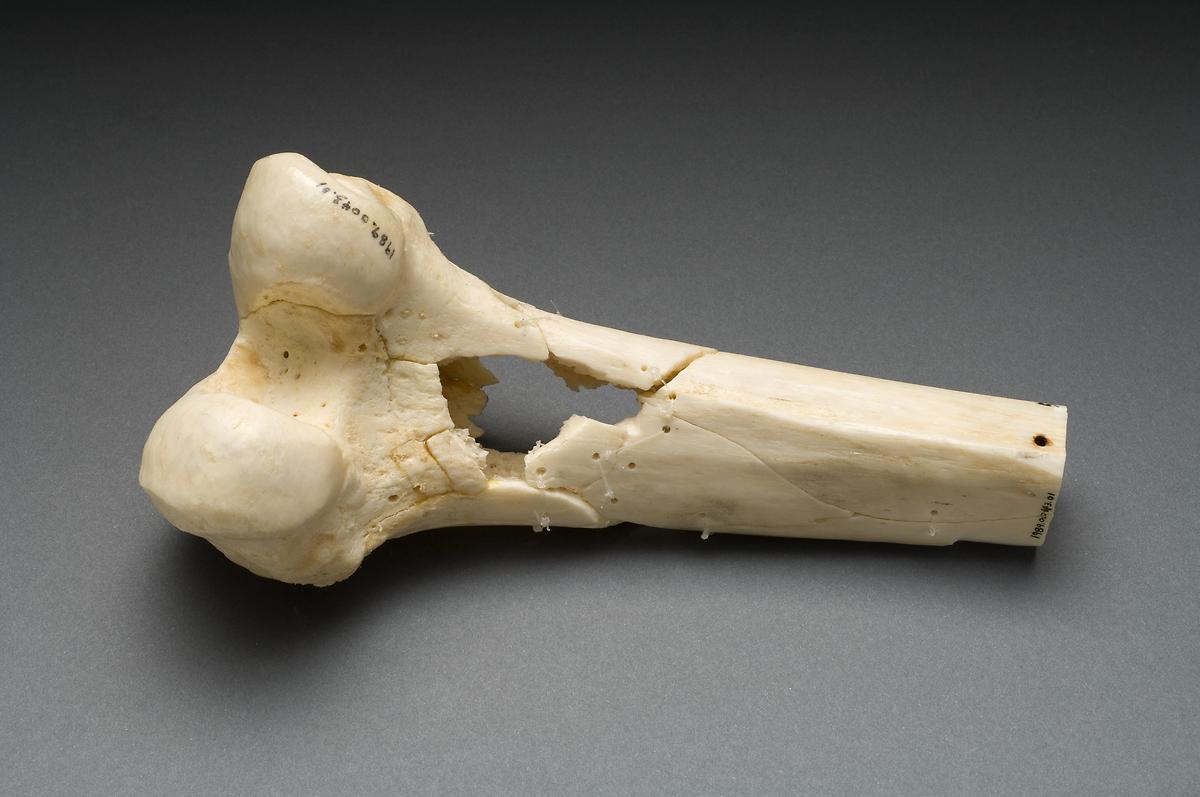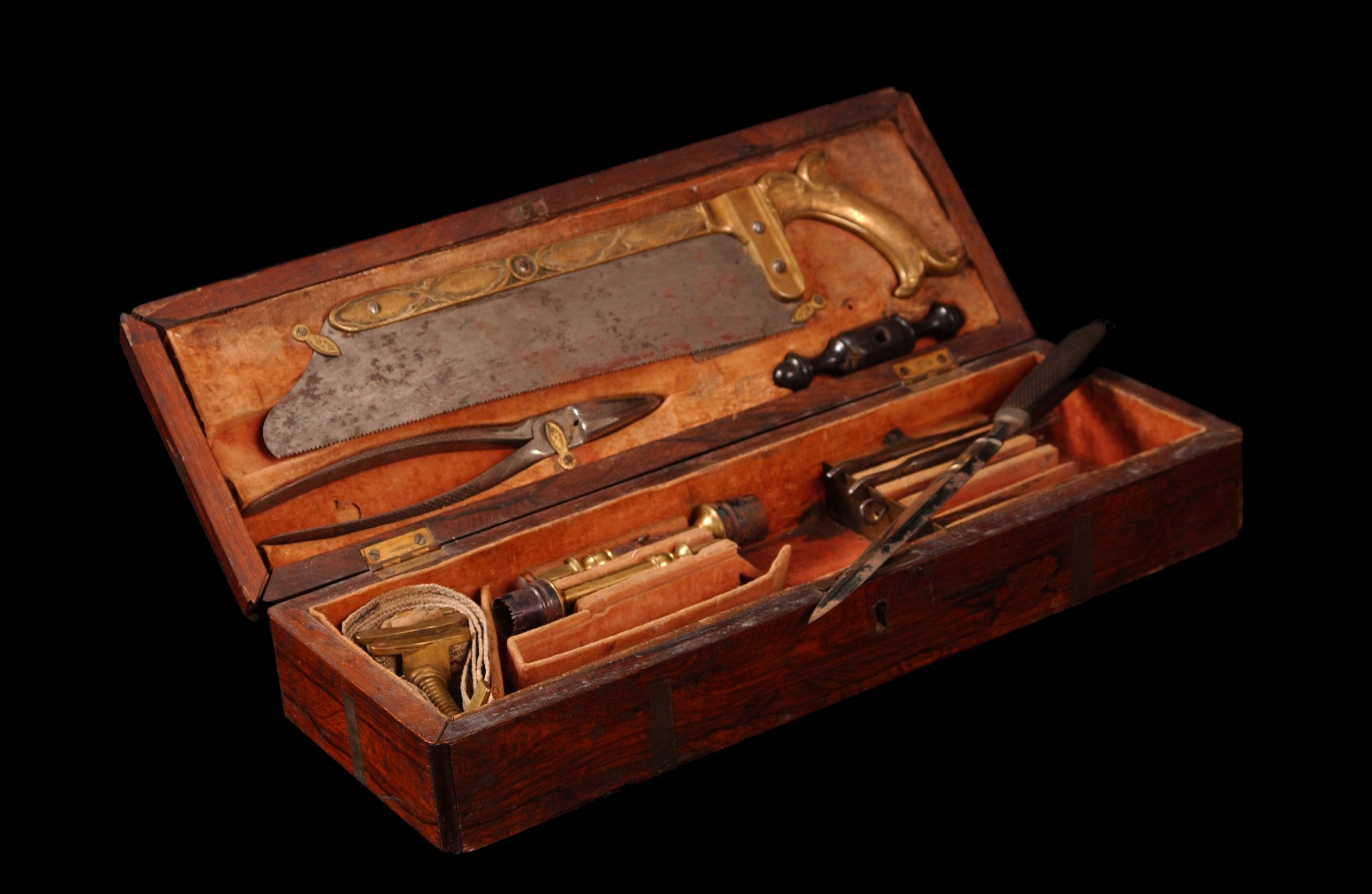The Minie ball was actually the worst standard infantry round in all of history to get shot with. It was a very large hunk of lead traveling at just under the speed of sound. It made worse wounds than the round musket balls that came before it and it made worse wounds than the cartridge rounds that came after it. A modern round performs a lot better ballistically, but a Civil War era Minie ball makes an absolutely HUGE wound channel compared to a modern round.
For those who don’t know what a Minie Ball is, this is what they looked like. Civil War era Minie balls were typically .58 cal. and about 500 to 600 grains in weight. For comparison, a modern 5.56 NATO round is about .22 cal. and about 55 to 60 grains. So a Civil War Minie ball was over twice the diameter and about ten times the weight of a modern round.
This is what a Minie Ball would do to your femur, the thickest bone in your body.
This is what it would do to your skull.
So yeah, they made absolutely horrific wounds that would be difficult to treat even with modern medicine.
In the Civil War, if you got shot in the arm, they would cut off the arm. If you got shot in the leg, they cut off the leg. Repairing such badly mangled limbs was beyond their abilities. I don’t know how well modern medicine would be able to do against such damage.
If you got shot in the torso, they would just dope you up with morphine and set you aside. If you got shot in the head, you probably weren’t going to live long enough to even get to the field hospital.
Civil War doctors often ran low on medical supplies, so quite a few limbs were sawed off without anesthesia. That’s not really something that I want to spend a lot of time thinking about. Yeesh.
A Civil War era surgeon’s kit looks a lot more like modern carpentry tools than modern surgical kits.
Modern surgeons can at least treat wounds to the torso, and won’t just dope you up with morphine, set you aside, and hope for the best. And of course the modern knowledge of keeping things sterile and antibiotics would make a huge difference.
But there is definitely a point to be made that even with modern medicine, a wound from a Civil War era musket would be a bit of a challenge.




